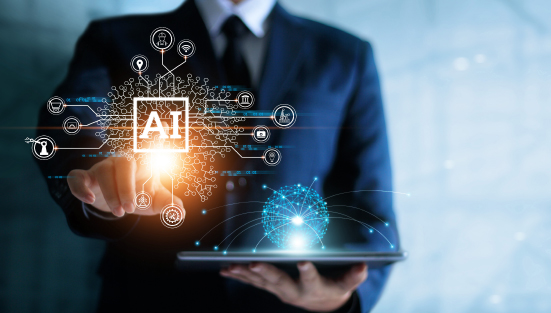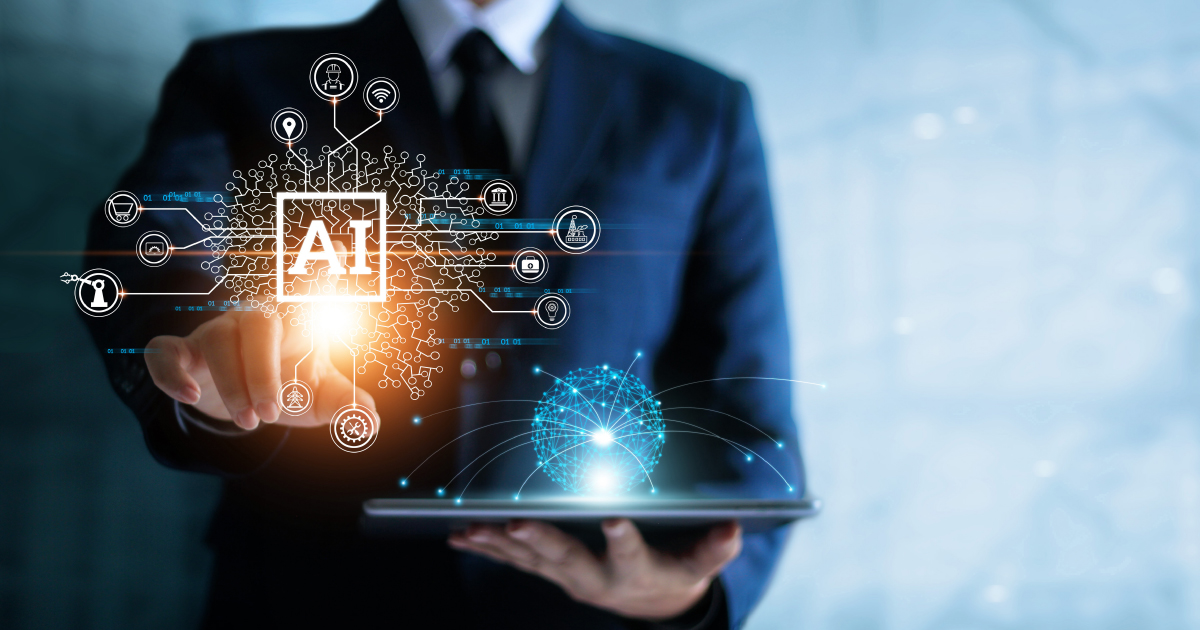Good AI vs Bad AI
- Artificial Intelligence
Artificial intelligence (AI) refers to the simulation of human intelligence in machines that are programmed to think and learn like humans. This technology is designed to perform tasks that would typically require human intelligence, such as visual perception, speech recognition, decision-making, and language translation.

Understanding Good vs Bad AI
Good AI refers to AI that is used in ways that benefit society and align with human values. This includes applications such as healthcare, education, and disaster response, where AI can be used to improve efficiency, save lives, and make people's lives better. For example, AI can be used to analyze medical images and assist doctors in diagnosing diseases or to analyze educational data and help teachers improve their teaching methods.
On the other hand, bad AI refers to AI that is used in ways that harm society or go against human values. This includes applications such as cyber warfare, surveillance, and autonomous weapons, where AI can be used to cause harm or infringe on people's privacy and rights. For example, AI can be used to develop and launch cyber-attacks, or to create autonomous weapons that can make decisions about who to target and kill.
The likelihood that it will be utilized to develop autonomous weapons is one of the key worries about dangerous AI. Without human intervention, these weapons can decide who to target and kill, raising ethical and moral questions. In addition, the use of AI in surveillance can be used to track and monitor people without their permission, raising privacy issues.
Benefits of AI
AI has a positive potential in the management of and reaction to disasters. For instance, machine learning algorithms can examine enormous volumes of data, like satellite photos and weather reports, to find trends and forecast what will happen in the future. This can aid in better preparing emergency personnel for possible calamities and help with search and rescue operations.
The use of AI in the domain of medicine is an example of good AI. By analyzing medical photos, AI-based diagnostic systems can assist doctors in swiftly and reliably diagnosing diseases like cancer. Faster and more effective therapies may result from this, which may eventually save lives. AI-based techniques can also be used to evaluate vast volumes of medical data and spot trends that can aid researchers in creating novel cures and treatments.
AI can be used in a variety of applications to improve safety, such as self-driving cars and drones, which can help to reduce human error and accidents.
Learning experiences can be made more personalized for students by using AI to analyze data on their learning preferences and styles. This may result in more efficient and interesting learning processes, which in turn may enhance student performance.

Risks Associated with AI
Job Loss: AI has the potential to automate processes that currently need human labor, which could result in job loss and economic instability.
Bias: If biased data is utilized to train the algorithms, AI systems may reinforce and even amplify societal biases. This may result in AI systems acting unfairly and making judgments that have serious repercussions.
Lack of transparency: AI systems can be complex and hard to understand, making it difficult for humans to understand how the system is making decisions, this can make it hard for people to trust the system and can also make it difficult to identify and fix errors.
It's important to recognize these risks associated with AI and work towards developing solutions that mitigate these risks while still allowing the technology to bring benefits to society. Additionally, it's crucial to involve multi-disciplinary experts, such as ethicists, social scientists, and legal experts, in the development and deployment of AI systems to ensure that the technology is developed in a responsible and ethical manner.
Conclusion:
In conclusion, while AI has the ability to significantly advance civilization, there are also dangers and issues to be aware of. We can design AI that is in line with human values and can be used for the advancement of society by taking into account the potential for AI to be used for good or harm. Addressing potential biases, ethical and moral concerns, and privacy issues is also crucial in the development and application of AI.
Job Roles in Artificial Intelligence Field:
- Big Data Engineer
- Business Intelligence Developer
- Data Scientist
- Machine Learning Engineer
- Research Scientist.
- Python Developer
“AI as a technology is complex, of course, but the capabilities and benefits of AI aren’t hard to understand.”
Courses under FSPrime Programme are as below:
1. Bridge course
The course is specifically designed to create awareness of Data Science, Machine Learning, and Deep Learning Tools & techniques among participants so that they can recommend and apply these technologies in real life and at their workplaces. The course is meant for graduates, entrepreneurs, interns, fresh recruits, IT professionals, non-IT professionals working in the IT industry, ex-employees, and faculty.
Registration link to enroll for Bridge Course:https://futureskillsprime.in/course/basic-certificate-course-in-artificial-intelligence
2.Training of Government officials (GOT)
Under this program Government Officials will be trained on emerging technologies of AI, which will help them to learn about cutting-edge technologies.
2. Training of Trainers (TTT)
Provides an overview of Artificial Intelligence, principles, and approaches with which faculty can enhance their knowledge in the area of AI, Machine Learning, Deep Learning, NLP, ComputerVision, and its application.
For inquiry
E-mail:inquiry.fsp.pune@cdac.in
Contact:020-25503114
Written by CDAC Pune


